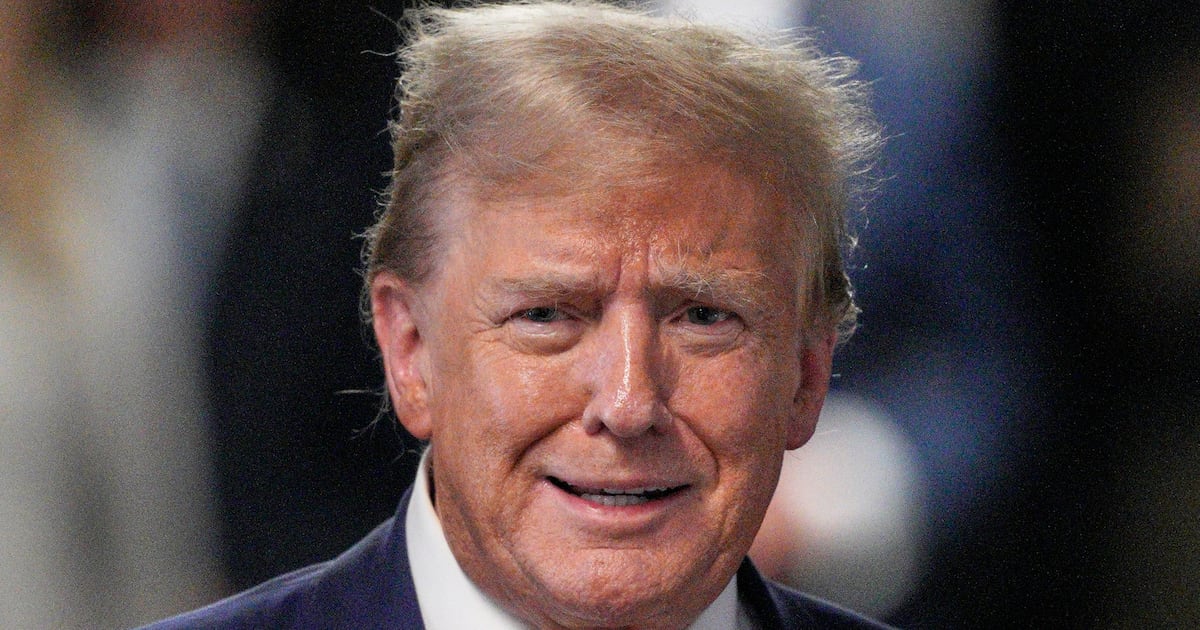On Monday, night Semen Semenchenko, commander of a volunteer pro-Ukrainian militia called the Donbass battalion, brought his soldiers back from the battlefield in the east of the country to the National Guard military base in Novi Petrivtsi, in central Ukraine.

The fighting in the east had grown ferocious over the weekend, with insurgents attacking the Donetsk airport and the Kiev government using warplanes to help win it back.
As Russian President Vladimir Putin pulls troops back from the border, and the newly elected president of Ukraine, Petro Poroshenko, begins to take the reins of power, the pro-Ukraine fighters are acting with greater direction and determination than in weeks past, when Kiev feared any offensive might give Putin the pretext for a full-on Russian invasion. Without that backing, the irregular pro-Russian forces in the east are in an increasingly tenuous position, but that does not make them any less dangerous in combat.
The Interior ministry in Kiev promised Semenchenko’s battalion would be properly trained and equipped, armed “up to their teeth,” before they go back to the front. Tired and dusty Donbass volunteers had battle stories to share with regulars at the base about “violent and merciless Chechens” attacking them last week; and about the knife with a wide blade used to kill one of their friends.
It happened on May 23d in a village of Karlovka in Donetsk region. The Donbass battalion of about 100 raw recruits armed with pistols and hunting rifles was ambushed. Their attackers fired rocket-propelled grenades, snipers opened up on the batallion, and the enemy had an armored vehicle.
For many of them, including the commander himself, Karlovka was their first serious fight. No officials sent help in response to the Donbass SOS battalion’s calls about a “Chechen attack.” Semenchenko lost five of his people and 20 were badly injured, including a young entrepreneur from Donetsk who was losing a lot of blood.
Semenchenko sought a truce. “We managed to agree with our enemies that they would let our wounded out of the combat zone,” said Ahmed, a lean veteran of the Afghan war. “But they stabbed our bleeding friend right in his heart with a big wide knife, the kind they make in North Caucasus.”
On the way to the base, Semenchenko reported to the interior ministry staff advisor Anton Gerashenko about the number of “bearded Chechens” fighting in Donbass and apparently arriving every day from across Russian border in Luhansk region.
It is common for fresh recruits in their first combat to tell horror stories about their enemies, and some analysts in Kiev have dismissed the allegations that Chechens have joined the combat. But Semenchenko produced a captured passport as proof. It belonged to one Alexander Yurtayev, born in the Chechen capital of Grozny in 1961.
“The enemy we confronted seemed to very experienced and violent,” Semenchenko told The Daily Beast. The war in Ukraine, he said, is “the worst nightmare in my life.” The idea of several cities full of Ukrainian citizens fighting against the state of Ukraine was something he was having a trouble comprehending.
Chechen president Ramzan Kadyrov insisted he did not order Chechen fighters to go to Ukraine. But many in the Kiev government believe former president Victor Yanukovych and his clan recruited some Chechen fighters for Donetsk.
“Since early April our intelligence told us about both Dagestan and Chechnya recruiting to fight a war against us in the east,” says the interior ministry’s Gerashenko. “Now they are in Donetsk region, many paid by Yanukovych, who is still dreaming to destabilize life in Ukraine.” But Chechens are only one element in a motley force that included local rebels, special units sent up from Crimea, former Berkut police and other Russian recruits, many of them with combat experience.
Earlier on Monday, Gerashenko gave me a lift and as I rode in the back seat of his car I heard him discussing war strategy with another pro-Kiev commander, but one with his own unsavory reputation: Dmytro Korchnsky of the ultra-nationalist UNA-Unso party. “Will there be money for the Azov battalion?” The answer was noncommittal. Korchnsky kept asking Gerashenko for more finance to “cleanse moskali” (a pejorative term for Russians) out of Odessa and other Ukrainian cities.
After Korchinksy got out of the car, I asked Gerashenko why an official of a state ministry has to deal with nationalists of dubious reputation? “To beat radicals in the east we have to train our own tigers, by turning them into regular forces, “ Gerashenko explained. “But not every radical was worth recruiting,” Gerashenko added. “Since the middle of March our government has been trying to distance our regular professional army from the Right Sector nationalist movement—they are now on their own, independent from the state.”
Later, after picking up Semenchenko, Gerashenko stopped the car to chat with a few local people on the road. “Look at our heroes going to defend our country in the war in the east,” he told an older woman with a little girl in her arms as he pointed out the commander. “Please put an end to the war in Ukraine soon,” the old woman pleaded. “My eyes feel exhausted by tears pouring out day and night for victims.”
Every day dozens of people die in the eastern regions as a result of Ukraine’s crackdown operations against rebels. President-elect Poroshenko has vowed to crush the insurgency in a matter of hours, not months. On Tuesday morning rebels claimed over 100 casualties, some of them reportedly were Chechen recruits.
The sun came down over the military base. National Guard recruits were marching in the plaza singing courageous songs—over 250 units of the Second Division were packing to go east after completing their training at Novi Petrivtsy. A few of the regulars looked like former criminals or heavy drinkers. Their commander, Andrei Tiron, a fit veteran of the Ukrainian unit sent to Iraq as part of the “Coalition of the Willing” in the last decade, wore a khokhol, a long lock of hair on an otherwise shaved head reminiscent of warriors past, and a defiant reference to slurs of Russians, who use khokhol as a disparaging term for Ukrainians generally.
“I trained my soldiers to be a ranger-style force, the way they trained us for Iraq,” said Tiron. “We are not going to fight against any nationals—to us there are no Russians or Chechens in the Donetsk region; we’ll be fighting against terrorists,” he said.
Did Gerashenko, Semenchenko, Korchinsky or Tiron know about the ideological conflict with the rebels who dream of re-establishing Novorossia in the east ? That was not the military agenda, they said. “Our job is to destroy the enemy and defend our land from Russian and de-facto Putin-supported forces,“ Gerashenko said.
On the way back to Kiev, Gerashenko was promising a general’s epaulettes to Donbass battalion commander Semenchenko.
“Oh no, thanks,” said the volunteer commander. “After the war I would much rather work in children’s education.” But for now Semenchenko’s job was to prepare his better-trained battalion to deploy back to the east, so nobody could kill his wounded ever again with wide-blade knives.






